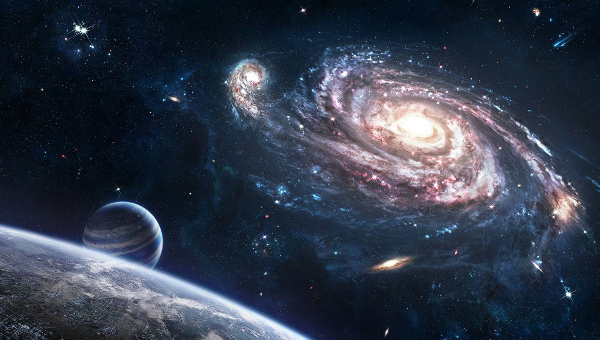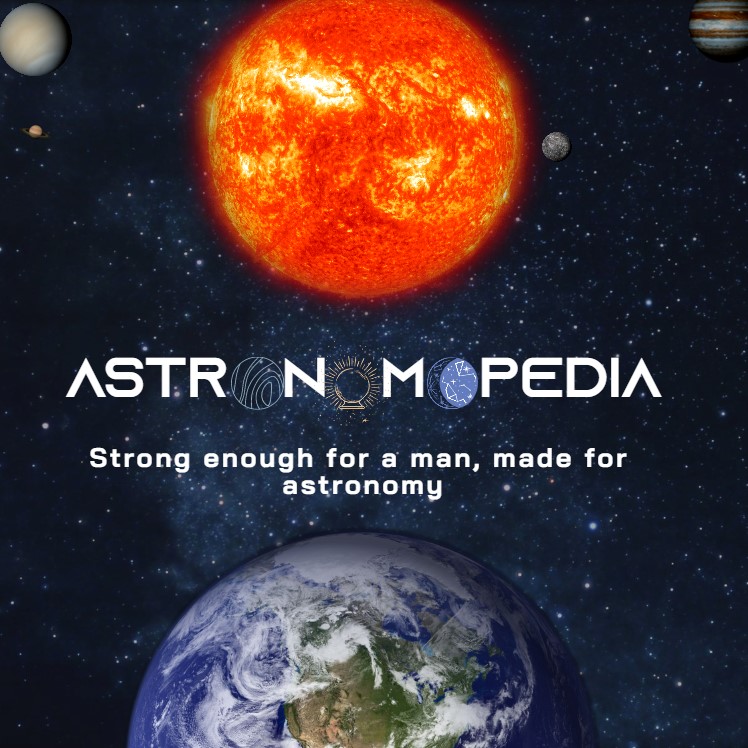
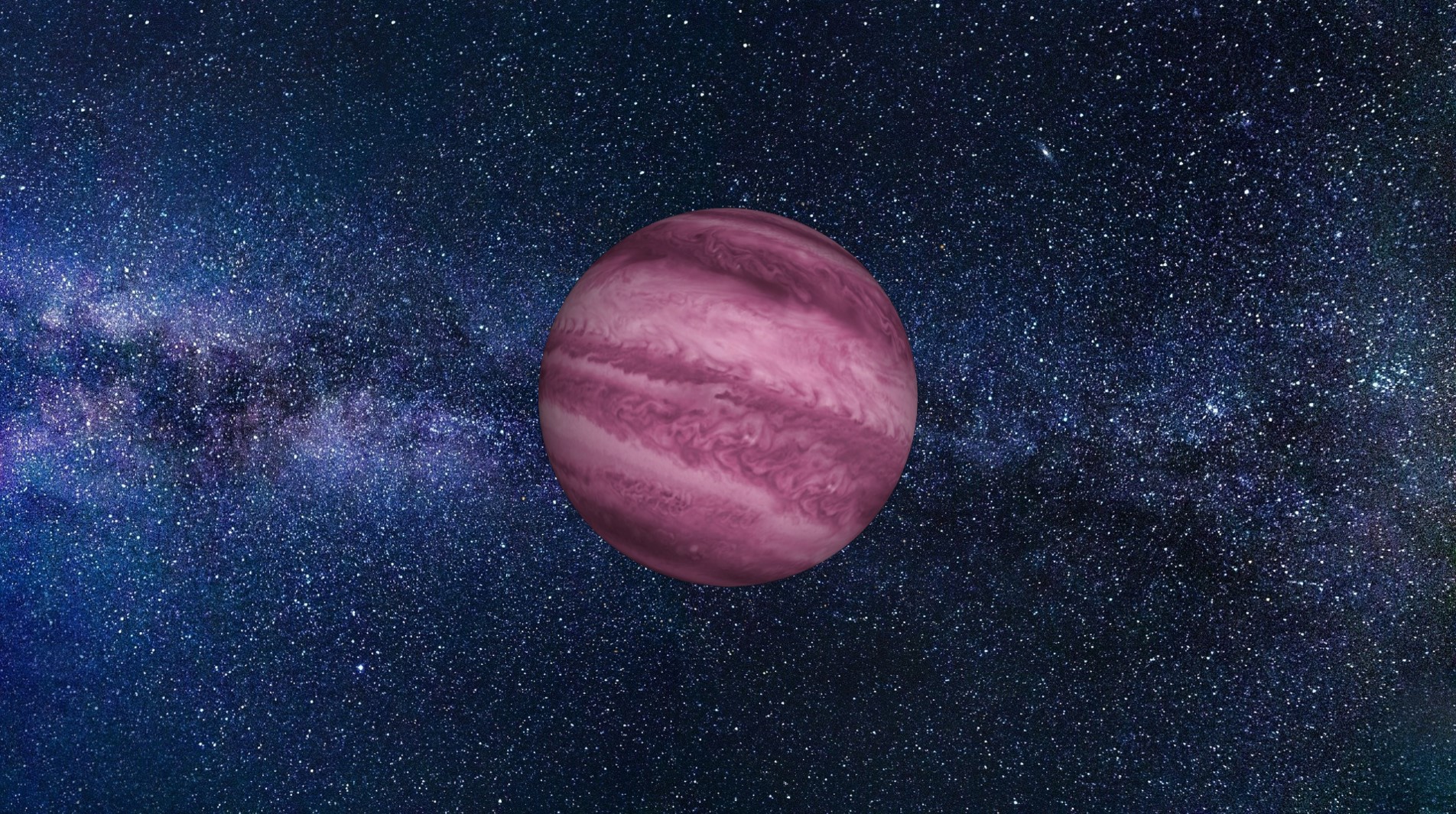
Gliese 504 b
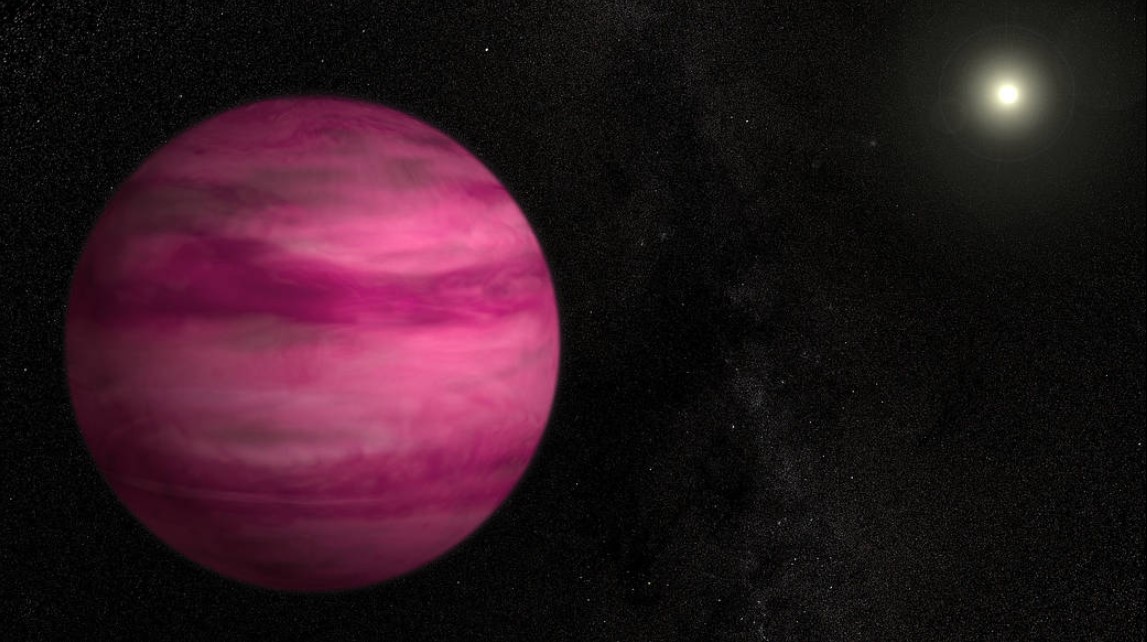
What is Gliese 504 b?
Kuzuhara et al. Identified Gliese 504 b (often abbreviated to GJ 504 b), in the constellation Virgo, in 2013 by using direct imaging on the 8.2-meter Subaru Telescope of Mauna Kea Observatory, Hawaii, using the HiCIAO instrument and AO188 adaptive optics system. From a visual perspective, GJ 504 b would be magenta.
What is special about this exoplanet?
GJ 504b is special because it is made with glowing pink gas, which is because of its intense heat of 237.778°C (460°F).
Morphology

Geomorphology
GJ 504b is about 137,260 km (85,289.4098 miles) in diameter, and 59,188,571,947.5 km² in size (22,852,835,389.97461 miles²).
Anatomy
Because it has almost the same size as Jupiter (possibly even larger), GJ 504 b's mass should be 4 times Jupiter's mass or 7,592,000,000,000,000,000,000,000 tons. Its density remains a mystery, just as its interior structure.
Tectonic plates
Due to GJ 504b's lack of surface, since it is a gas giant, it doesn't have any tectonic plates.
Location
GJ 504b is located 57.3 light years (542,100,000,000,000 km or 336,845,323,311,858.75 miles) away from Earth and 43.5 AU (6,507,500,000 km or 4,043,573,033.484273 miles) away from its host star GJ 504.
Physico-chemical properties
GJ 504 b is made out of pink gas, that's all we know about its elements that compose it.
Temperature
The effective temperature of GJ 504 b is 237.778°Celsius (460.0004°Fahrenheit).
Age
The value of its age is poorly known. Discovery experts adopted a value of 160,000,000 terrestrial years as the value for its age.
Force fields
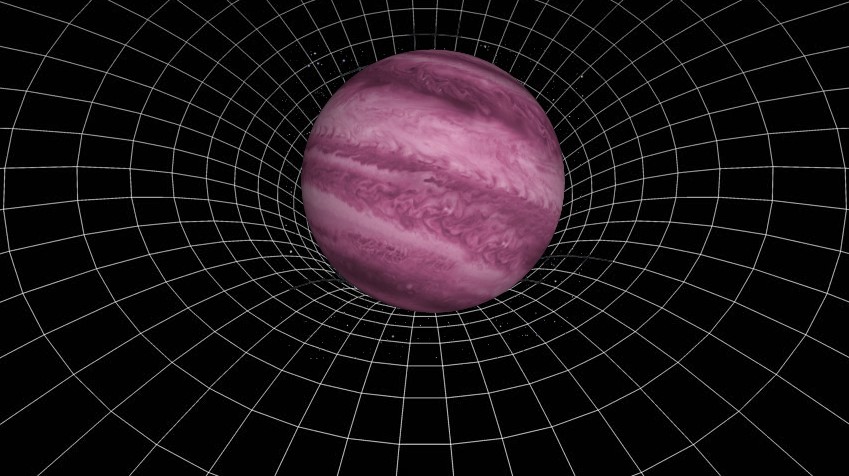
Gravitational force
The gravity of GJ 504 b is 79.43 m/s² (260.597113 ft/s²).
Magnetic field
The magnetic field of GJ 504 b is yet still unknown.
Motions
Orbit
GJ 504 b's orbital period (year) is about 259.9 terrestrial years (Earth year).
Rotation
We do not know how much time GJ 504 b takes to fulfill one rotation.
Satellite systems
Moon system
Gliese 504 b does not have any moons.
Ring system
No ring is present around Gliese 504 b.
Author: William Homier
Editor: William Homier
This page was last edited on 11 April 2022, at 19:51 (HAE).
Sources:
